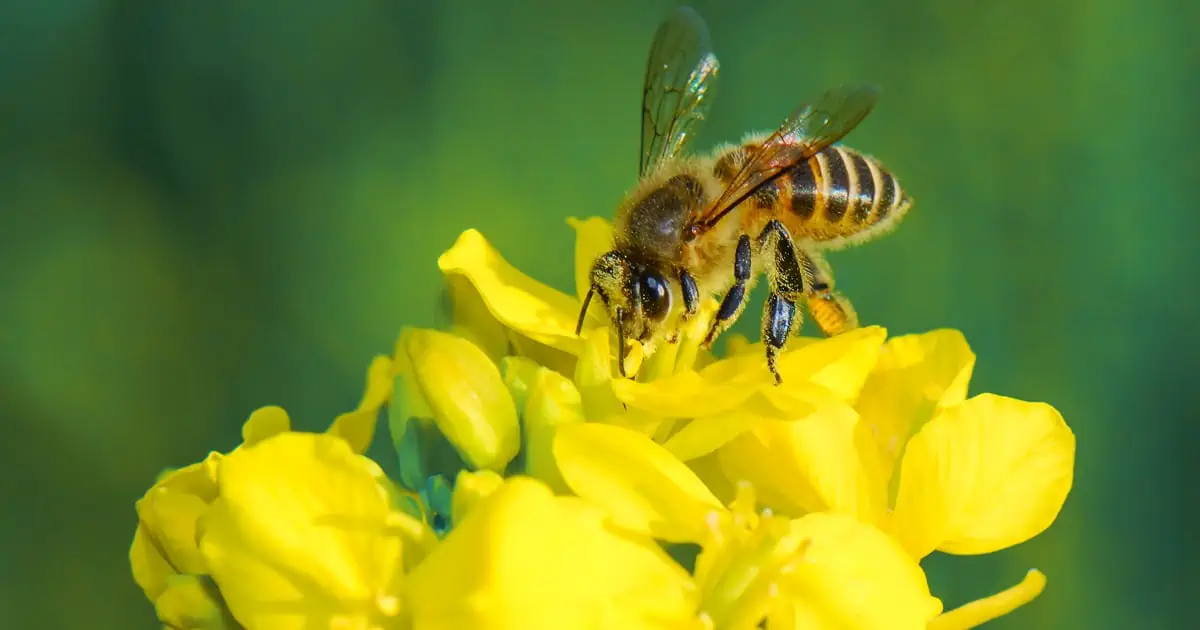Insects are an inevitable part of any garden, and while gardeners often ask, “How do I keep insects out of my garden?”, the real question should be, “How can I balance the good with the bad?” Creating a garden free of insects is nearly impossible—unless you’ve figured out how to build a dome to keep them out. Instead, gardeners should focus on increasing the diversity of insects by attracting beneficial species through the strategic use of flowers.
Flowers play a crucial role in this natural balance by attracting beneficial insects with their rich pollen and nectar. These insects, which include predators and pollinators, help protect plants from pests while also aiding in plant reproduction. By providing ample flowers, you create an environment where beneficial insects thrive, ultimately improving the health of your garden.
Studies have shown that well-fed beneficial insects—those that have access to plentiful food—live longer, reproduce more, and are more effective at pest control. For example, braconid wasps, which parasitize pests like caterpillars, are more likely to thrive in a flower-filled garden. These wasps are key players in natural pest management, actively seeking out pests to control.
However, the identities of beneficial insects are still being explored. Entomologists are using technology, like video cameras, to study insect behavior in greater detail. For instance, researchers in Ohio found that ants, daddy longlegs, and crickets were the main predators of cucumber beetle eggs in pumpkin fields—something they didn’t expect to discover.
Attracting Pollinators
Pollinators like bees, butterflies, and other insects are vital to healthy gardens. They don’t just carry pollen from flower to flower, but also help spread beneficial microbes that can improve plant health. This diversity of microbes reduces fruit rots and enhances overall plant vitality. A study conducted on New York strawberries showed that bees, carrying beneficial fungi, helped improve the quality and size of the strawberries compared to those treated with chemical fungicides.
Butterflies, besides performing pollination, also assist in inoculating plants with beneficial microbes. By selecting plants that bloom throughout the growing season, you attract a continuous supply of pollinators and other beneficial insects. Honeybees, in particular, are skilled at finding new flowers quickly, while bumblebees may take longer to learn complex flowers but soon become efficient feeders once they’ve figured them out.

The Role of Spiders
Spiders, though often overlooked, play an essential role in controlling insect populations. Studies suggest that spiders may consume more insects by weight than the total amount of meat and fish consumed by humans. While spiders are indiscriminate hunters—sometimes even capturing beneficial insects like hoverflies—they help maintain a natural balance in the garden by reducing the numbers of unwanted pests.
This “bug-eat-bug” world can feel harsh, especially when beneficial insects are caught by predators. However, this is simply nature’s way of balancing the ecosystem. As gardeners, our goal is to support this delicate balance by fostering an environment where both beneficial insects and pest-controlling predators can thrive.

Citizen Science and Reporting
Lastly, gardeners can contribute to the broader understanding of insect populations by participating in citizen science initiatives like The Big Bug Hunt. Reporting both pests and beneficial insects helps build a pest prediction system, enabling you to take preventative action before pests reach critical levels in your garden.
By embracing a diverse insect community and supporting beneficial species with flowers, gardeners can achieve a natural and balanced approach to pest control.
